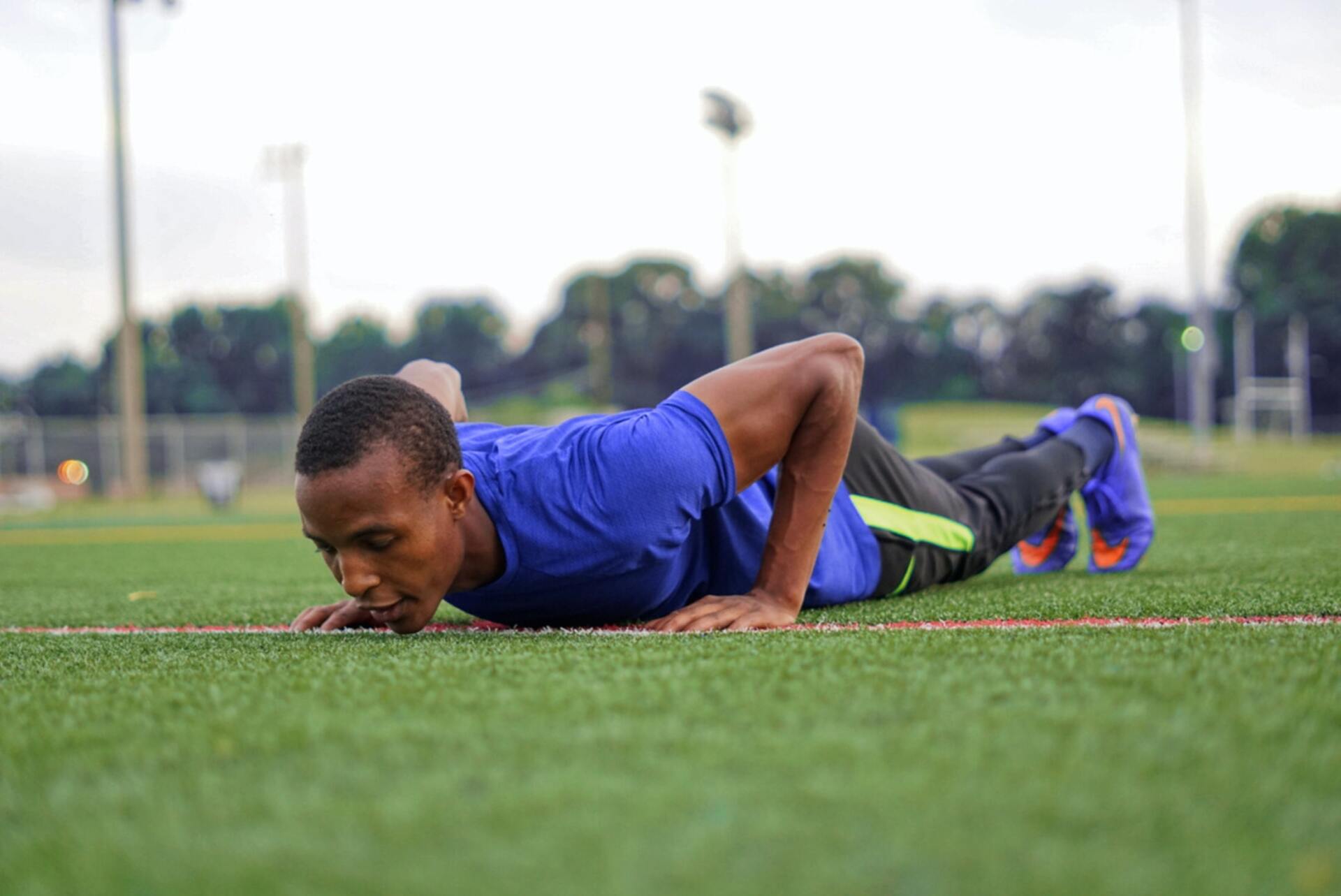Therapeutic Exercise
Anton Burnette • August 1, 2020

GENERAL EXERCISE PRECAUTIONS
As with any exercise program, please check with your doctor. He may want to modify how he wants you to do them or avoid it or build your strength so as not to get injured. Remember to start slow and easy, THEN build up. It is better to underdo your exercise than overdo it and get injured.
PARTIAL SIT UP
Partial sit ups are recommended for people with back pain. The same muscle groups are worked out without putting stress on the lower back. You will start just like a regular sit up with your back on the floor, both feet on the floor, and your knees bent. Raise your head, neck, and shoulders just off of the floor, reaching with your hands toward your knees and hold that position for 5 seconds. This exercise will strengthen your core and is simple to do. Repeat five times to start then gradually increasing to twenty, with a goal of increasing your reps every couple of days.
KNEE TO CHEST
You start this exercise the same way like the partial sit up, on your back, knees bent. Begin the exercise by gently drawing one of your knees to your chest, using both hands (only one foot is now in the air). Hold to the count of 10, then slowly release it to the rest position. Do 4-5 repetitions, and then repeat with your other leg, then both legs at the same time. This exercise stretches your glutes and back.
HIP ROLL
Start this exercise flat on your back with your arms extended out to the side. Bend your knees and lift your feet off of the ground. You will now rotate your hips slowly side to side so that your legs become parallel with the floor. Rotate from side to side for 5-10 repetitions. This is another core exercise that strengthens your abdominal muscles.
LOW BACK EXTENSION
Start by laying flat on your stomach with your hands to your side. Lift your head and upper body off of the ground by using the muscles in your lower back. Hold this position for 4-5 seconds and then lower yourself back down. Repeat 10-15 times.
CAT-CAMEL
Position yourself on all fours with hands directly beneath your shoulders and knees directly beneath your hips with your back straight. Use your abdominal muscles to push your back towards the ceiling, arching it like a cat. You should notice your head will point down towards the floor. Next, drop your back so that your lower back extends. Your head should raise when doing this. Make sure to keep your elbows straight the entire time, the only movement should be in your spine. Repeat this slowly 12-15 times.
BACK EXTENSION
This exercise is best performed with a stability ball. Lay with your stomach on the stability ball with your hands behind your head. Tighten your abdominal muscles and use your lower back muscles by contracting your glutes to lift your shoulders and chest off the ball.
SUPERMAN
Lie face down with your arms extended above your head. Tighten your abdominal muscles and lift your arms and legs off the ground. It should look like you are in a Superman like flying position. Hold this for about 10-30 seconds and then release. You may be tempted to hold your breath when clenching your abdominal muscles. DON’T! Control your breathing while holding this position.
DOUBLE LEG LIFTS
Using a stability ball, lay face down with your hands on the floor in front of the ball. Raise both legs off of the floor until your body is horizontal and hold the position for about 10 seconds. Lower your legs back down to the floor and repeat 5-10 times.
SPINAL ROTATION
While seated in a chair, reach one arm across your stomach and grasp the opposite side of the chair. Look over the shoulder while rotating the low- and mid-back. Hold for 15-30 seconds.
EXTERNAL SHOULDER ROTATION
Start by lying on your right side with your right arm folded under your head. Your upper left arm should be parallel to your torso, bent at the elbow so that your forearm is lying across your stomach with your hand on the floor. By rotating your left shoulder, raise your forearm so that it is perpendicular to the side of your body. Repeat 10-15 times, holding 5 seconds. Switch to your other side and repeat. This exercise can also be performed with a dumbbell.
INTERNAL SHOULDER ROTATION
Lay on your right side, like in the external shoulder rotation, but keep your right hand free this time. Keep your right arm next to your body and bend at the elbow. Rotate your right shoulder to move your forearm. It will start flat on the floor, and then you will rotate it into your body so that your forearm is flat across your stomach. Repeat this motion 10-15 times and use a dumbbell if you prefer.
LATERAL DELTOID RAISE
Start with your arms to the side of your body, palms facing the thighs. Tighten the abdominals, bend the knees slightly, and position the feet about shoulder-width apart. Raise your arms straight out to your side until they are shoulder height. Hold that position briefly, and slowly return your arms to your sides. Repeat.
FRONT DELTOID RAISE
Start with your arms in front of your body, palms facing the thighs. Tighten the abdominals, bend the knees slightly, and position the feet about shoulder-width apart. Raise your arms straight out in front of you until they are shoulder height. Hold that position briefly, and slowly lower your arms. Repeat.
SINGLE-ARM LAT PULLDOWN
Begin with both hands overhead holding an elastic resistance band. Engage the abdominals, bend the knees slightly, and position the feet about shoulder-width apart. Pull downward to the side with one arm, moving (adducting) at the shoulder until the upper arm is next to the torso. Pause, then return slowly to the starting position. Keeps your arms slightly in front of the face to protect the back and shoulders. Repeat.
PUSH-UPS
Start on your stomach and your hands on the floor in front of you. Now perform pushups as your normally would by bending at the elbow. These can be done on your toes or if too strenuous to start, from your knees (girls push-ups) until your stronger.
SIDE LUMBAR BRIDGE
Lie on one side with your legs straight. Support the upper body by keeping the elbow directly beneath the shoulder. Being careful not to let the top hip rotate forward, engage the abdominals and use the torso to lift the hips. Hold this position for 10 to 15 seconds, maintaining a neutral neck and spine position.
SINGLE-LEG REVERSE CURL
Lie on your back with one knee flexed and foot flat on the floor and the other leg straight out slightly raised off the ground. Extend arms flat along body and maintain neutral alignment in the cervical spine. Lift the working knee and leg in an upward diagonal direction over the belly button. Pause, then slowly lower the leg to the starting position. Repeat with other leg.
NECK FLEXION
Stand facing the wall and hold the stability ball at forehead height. Use your neck muscles to push your forehead into the stability ball. Relax and repeat.
NECK EXTENSION
Stand facing away from the wall and hold the stability ball behind your head. Push back of head into the ball.
NECK LATERAL FLEXION
Stand sideways to the wall. Hold the stability ball above your shoulder at the side of your head. Push side of head laterally into the ball.
Neck Stretches
Bring your ear to your shoulder
Let your neck to sit in that position for 5 to 7 seconds
Force your ear toward your shoulder.
Feel the stretch of your neck muscle on the opposite side.
Same principle as the exercise before…
Bring head back as if you are looking toward the ceiling.
Feel the stretch in the muscles located on the front part of your neck.
If this exercise causes dizziness, fainting or loss of balance… STOP THE EXERCISE AND CONTACT YOUR PHYSICIAN.
Rotate your head toward your (R or L) shoulder and then
Nod your head down and you will feel a stretch on the opposite side of which you are looking. Just hold for a few seconds and repeat.
NECK EXERCISES FOR STRENGTH
Put your hand on your forehead and force your forehead against your hand to provide resistance. You can do this in several sets of 6, 8, or 10 repetitions.
Place your hands on the back of your neck and force your head back while providing resistance with your hands.
Do these exercises in several sets of 6, 8, or 10 several times a day and you will be surprised at the amount of flexibility that returns in a couple of months.

Chiropractic is an excellent means of dealing with workers compensation issues. In Tennessee, you have a choice to choose a chiropractor for back related injuries. You can choose any one of three doctors as well as a chiropractor that is on the workers comp panel of physicians. If there’s an injury on the job and you’ve gone down the traditional medical road to be treated, it may be time to give chiropractic a try. Chiropractors are professionals at locating the source of your injury and could be the difference between fixing an issue and living with something for a long period of time. In addition to being professionals at uncovering underlying issues, chiropractors handle the healing process without the need for addictive pain pills and potentially risky surgery. If you’ve been injured at work, make sure to go see a chiropractor for an initial consultation for back problems.

Ultrasound is a therapy that is utilized in the office to handle injuries related to joints, muscle spasms, as well as most soft tissues. While it shares the same name, this therapeautic ultrasound is not the same as the type of ultrasound utilized diagnostically to screen internally in the body. This ultrasound creates small sound waves that in effect vibrate and massage soft tissues and muscle. These sound waves do an excellent job in facilitating the body’s healing process in addition to decreasing scar tissue formation. Certain ultrasounds also create a heating effect to help relax the muscles or tightness in the body. This heat combined with the overall features of the ultrasound help to start the healing process at the most basic cellular level speeding up your road to recovery.

Professional sports figures are consistently reaching new heights in their professional careers. With each passing year, new records are shattered and the human body is pushed to its limits. Everyday athletes follow suit by pushing themselves harder, choosing rigorous training patterns, and taking their diets to a new level. Despite the meticulous care and training that athletes take, they experience musculoskeletal injuries. Chiropractic education emphasises treatment of those musculoskeletal injuries.
Chiropractors are to athletes, just as cardiologists are to those who suffer with cardiovascular disease. Chiropractors have specific training in evaluating and treating themajrity of injuries and ailments of athletes. Chiropractors can treat an injured athlete more effectively than a medical doctor, who is not well versed in sports injuries. In addition to treating athletic injuries, the chiropractor is skilled in aiding the athlete in injury prevention.

Personal injury is related to bodily harm that comes from being involved in any type of accident or mishap. The difference between personal injury and workers comp is that personal injury takes place outside of work. Chiropractors are professionals at uncovering underlying issues in personal injury accidents. Whether it be a single adjustment or a series of treatment, your chiropractor is one of the best options to get you healing on the right path and back to near perfect.
If you find yourself in a personal injury accident, make sure that you at least get a consultation with a chiropractor as you may have underlying issues that do not need the wait and see approach. Don’t let your injury go unnoticed and cause major issues down the line.

Electrical Muscle Stimulation is an exceptional way to help the body in the healing process. This is accomplished by sending a very small electrical current into the affected soft tissue injury or muscle spasm. The therapy utilizes this current in an effort to help reduce swelling and release trigger points that may have the muscle locked up. It does this by helping the body to release natural relievers of pain often referred to as endorphins.
This is a great therapy if there is a spasm in a back or neck muscle. It works well in relaxing the muscle and allowing it to return to its normal state rather quickly. Short therapy sessions are excellent at facilitating healing from acute and chronic pain.
Ask Us About Electrical Muscle Stimulation Today.

Chiropractic manipulation or adjustments as they’re sometimes referred to is the minor movement of vertebrae in the spine. The objective of this movement is to realign vertebrae that have moved or fixated out of place for a number of reasons ranging from normal daily activity to trauma such as a car accident, sports injury or work related injury.
When these vertebrae are out of place, it has an overall systemic effect from muscular to the central nervous system. Without proper alignment and flow of all nerves and systems in the body from the brain, we can’t function at our peak.
An adjustment is often a pressure from the chiropractor utilizing the hands or an instrument to move a vertebrae back into place. This happens with a quick movement and is often without discomfort. You may hear a noise that sounds like you’re cracking your knuckles referred to as joint cavitation. It is the release of gases such as oxygen and nitrogen from the joint.

Being in a car accident is a very difficult situation on a number of levels. Your pain is sometimes secondary to the aftermath of having your car at the mechanic as well as the stress of dealing with your insurance and potentially missing work.
While you are in a hurry to get your car fixed and back to normal activities, make sure to see your chiropractor before you make any major decisions. There could be underlying injuries that a minor stiff neck are not allowing you to uncover. A car accident is a major event and the trauma that come from them could be significant such as a concussion or headaches.
Chiropractors are specialists in soft and hard tissue problems including the results that could come from the trauma from a car accident. Make sure you see your chiropractor to get a full examination.

Cryotherapy is an excellent way to help with edema, swelling or muscle spasms in the body. This therapy is well known to help numb painful areas as well as provide a cooling relief to affected soft tissues. The therapy consists of applying cold compresses on to the skin to effectively reduce the temperature of the skin as well as constrict the blood vessels in the area.
If you are suffering from a muscle spasm or just recently had a soft tissue injury, cryotherapy is an excellent way to help reduce swelling and further injury in the early stages of your healing process. This therapy is rather inexpensive and is something that can be done at home as well as in the office.

Orthotics are a great way to help with issues related to walking and alignment. Some of these include but are not limited to knee, foot and lower back pain. The need for orthotics is often related to an issue with the natural functioning of the foot. Orthotics will often help to realign the bones within the foot and ankle and therefore take pressure of other parts of the body such as the back, neck, shoulders and hips. In addition, orthotics will help with distributing your weight properly and take further pressure off of toes, bunions and other parts of the foot.
Orthotics are really for anyone with an issue or discomfort relating to walking or imbalances in the body that are known to cause related pain. The great benefit of orthotics is that they can be worn on a daily basis and be utilized during most activities to take further stress of the body.
Orthotics can often be prescribed by your chiropractor and can last well over a year in most cases. This is a great investment into your overall health and wel


